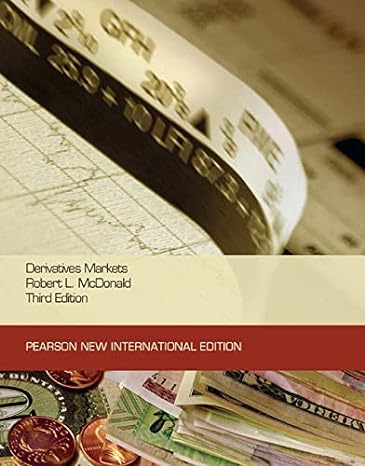9. To answer this question, use the assumptions of Example 1 and the risk-neutral valuation method (and
Question:
9. To answer this question, use the assumptions of Example 1 and the risk-neutral valuation method (and risk-neutral probability) described in Example 2.
a. Compute the value of a claim that pays the square root of the cash flow in period 1.
b. Compute the value of a claim that pays the square of the cash flow in period 1.
c. Given your answers above computed using risk-neutral valuation, back out the true discount rate that would give you the same value for each claim. In each case is this rate bigger or smaller than the 11% discount rate for the cash flow itself? Why?
Fantastic news! We've Found the answer you've been seeking!
Step by Step Answer:
Related Book For 

Derivatives Markets Pearson New International Edition
ISBN: 978-1292021256
3rd Edition
Authors: Robert L. Mcdonald
Question Posted:





